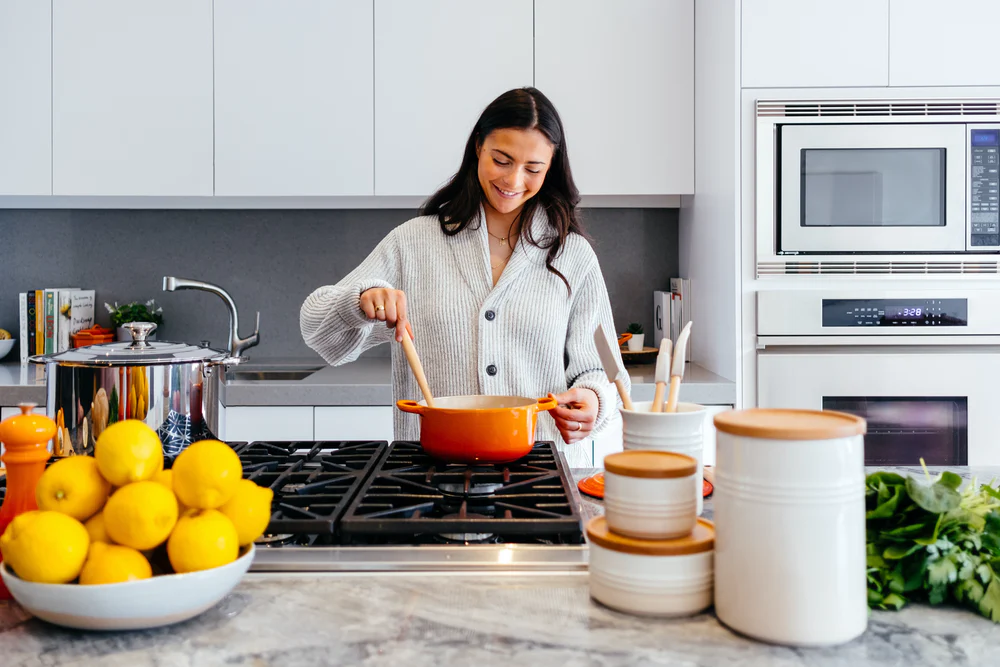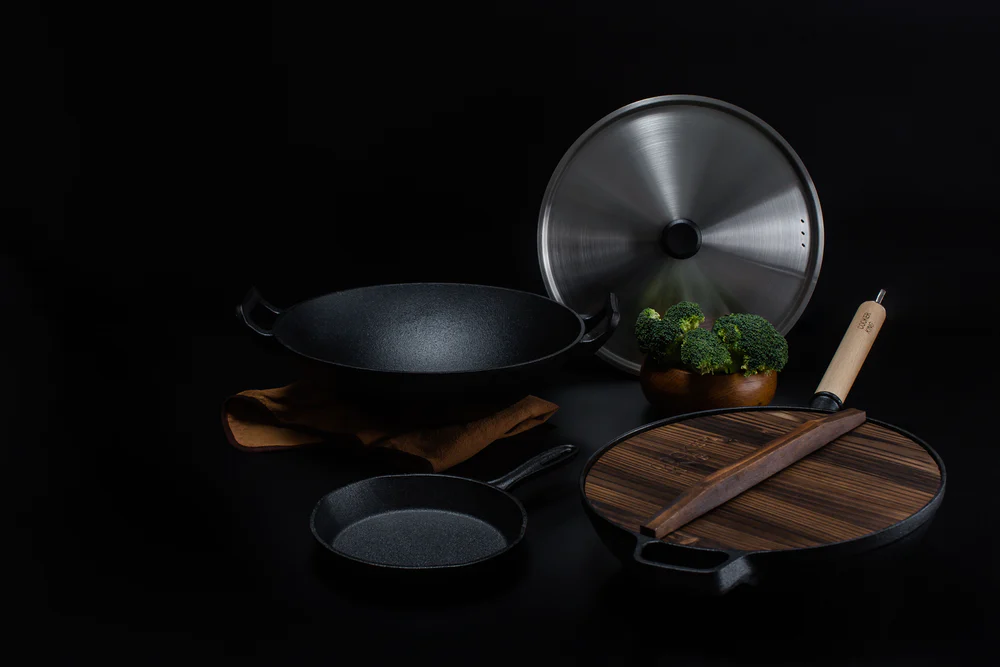Kitchens are usually the focal point of any house or apartment. This is where all the family gets together for meals and to socialize.
Your kitchen counter could be where your kids have their breakfast as well as do their homework, or where you and your partner browse your computers or sift through house bills.
Whether you regularly cook or not, you need to make sure that the kitchen appliances you have are safe. That’s right, some kitchen appliances could be the reason behind your son’s unexplainable allergies or that bacterial infection you keep getting.
To stay safe, here are the most used kitchen appliances that might be harmful to your health.

1. Gas Stoves
Gas stoves are a popular kitchen appliance for their temperature sensitivity and ability to cook food more evenly. However, what many people don’t realize is that they are also one of the most dangerous appliances you could have.
If not vented properly, gas stoves or any other gas appliance can emit a mix of hazardous chemicals. Compounds like nitrogen dioxide, carbon monoxide, and formaldehyde can emit from a gas stove and cause or worsen respiratory issues.
Moreover, they are also a common reason for household fires, especially when countertops are not properly cleaned and are covered in grease, they then become more inflammable.
2. Air Fryers
People who love eating fried food but want to avoid the health risks of deep-frying now turn to air fryers as an alternative.
It’s becoming more common to have in every kitchen, however, what many don’t know is that they are not as healthy as they are made out to be.
Air fryers do indeed reduce the likelihood of acrylamide formation, but they can still form other harmful compounds associated with cancer risks.
There are many other disadvantages of air fryer including the formation of polycyclic aromatic hydrocarbons and heterocyclic amines from high-heat cooking with meat.
They also retain the steam from the food within which leads to the build-up of fatty acids. Not to mention you would still be eating food that is fried which has major health risks like type 2 diabetes and high blood pressure.
Read Also:
3. Non-Stick Cookware
Ever wonder why non-stick cookware is such a breeze to cook with and clean up? It’s because they are coated with a chemical that has nonstick properties called polytetrafluoroethylene (PTFE).
When this chemical is heated to high temperatures, the cookware starts to emit toxic gases which is a fact proven by a 2017 study in the Environmental Science and Pollution Research Journal.
Moreover, when the non-stick cookware surface is overheated or is scratched, pieces of the coating can fall into your food, containing the harmful PTFE chemical.
4. Microwaves
There isn’t a house, nowadays, without a microwave or toaster oven since they are the easiest and fastest ways to heat food. However, the high-frequency electromagnetic waves released by microwaves can be harmful to your health.
While companies have strict regulations to follow to prevent radiation from escaping microwaves, the seals become loose over time and leak it anyway.
These waves can cause various health issues like a weak immune system or cataracts. As for food heated in microwaves, it absorbs some of these waves and raises the risk of developing various kinds of cancer.
5. Cutting Boards
One of the most harmful items in your kitchen to your health is cutting boards, especially if you use only one for everything.
It all starts when you start cutting raw meat on your cutting board then using it afterward to cut vegetables, which is a recipe for contamination.
It’s advised to use separate cutting boards for each kind of food, one for raw meat, one for cooked meat, and one for fresh fruits and vegetables.
If that’s too much, make sure you wash your board with hot water and soap after each use instead of just rinsing it.
If your cutting board is plastic, it’s an even bigger risk since they get scarred from the knife and create a web of fissures that harbor bacteria.
With time, plastic cutting boards become worn and pieces of plastic could end up in your food which can cause major health issues.
6. Appliance Handles
While doing a regular clean-up of the kitchen, many people forget about appliance handles. Meanwhile, these should be the focus of your cleaning since they are a hotbed of germs.
Researchers found that bacteria found in poultry products like Campylobacter and Salmonella can survive on surfaces for 4 to 32 hours.
If these surfaces are not properly sanitized, it’s a major risk for cross-contamination and developing dangerous health issues.
What Else in Your Kitchen Is Harmful?
Many other things in a kitchen could be hurting your well-being without you realizing it. It’s always small things that no one pays attention to that can be the most dangerous.
For example, not regularly and efficiently sanitizing your kitchen sink makes it a playground for all kinds of bacteria that can stick around for hours.
Don’t forget to also clean under your sink since it’s probably where all the chemicals and cleaning items are stored.
Other kitchen items that can be harmful are sponges which when unclean can cause bacteria like E. coli and salmonella to grow and lead to food poisoning.
The same goes for kitchen towels that can harbor bacteria and lead to cross-contamination. Last, but not least, are plastic storage containers since they have phthalates or BPA that can cause harmful chemicals to leach into your food, especially when heated in a microwave.
There you have it, these are the most used kitchen appliances and items that may be harming your health. The key to avoiding any health issues caused by kitchen items is regular and thorough cleaning with the proper tools and cleaning chemicals that won’t do more harm than good.
You should also make sure to replace any old worn-out appliances since they would have probably lost their safety features. When buying any new kitchen appliance, ensure it’s safe enough to use and carefully read the instructions on how to use and clean it.










